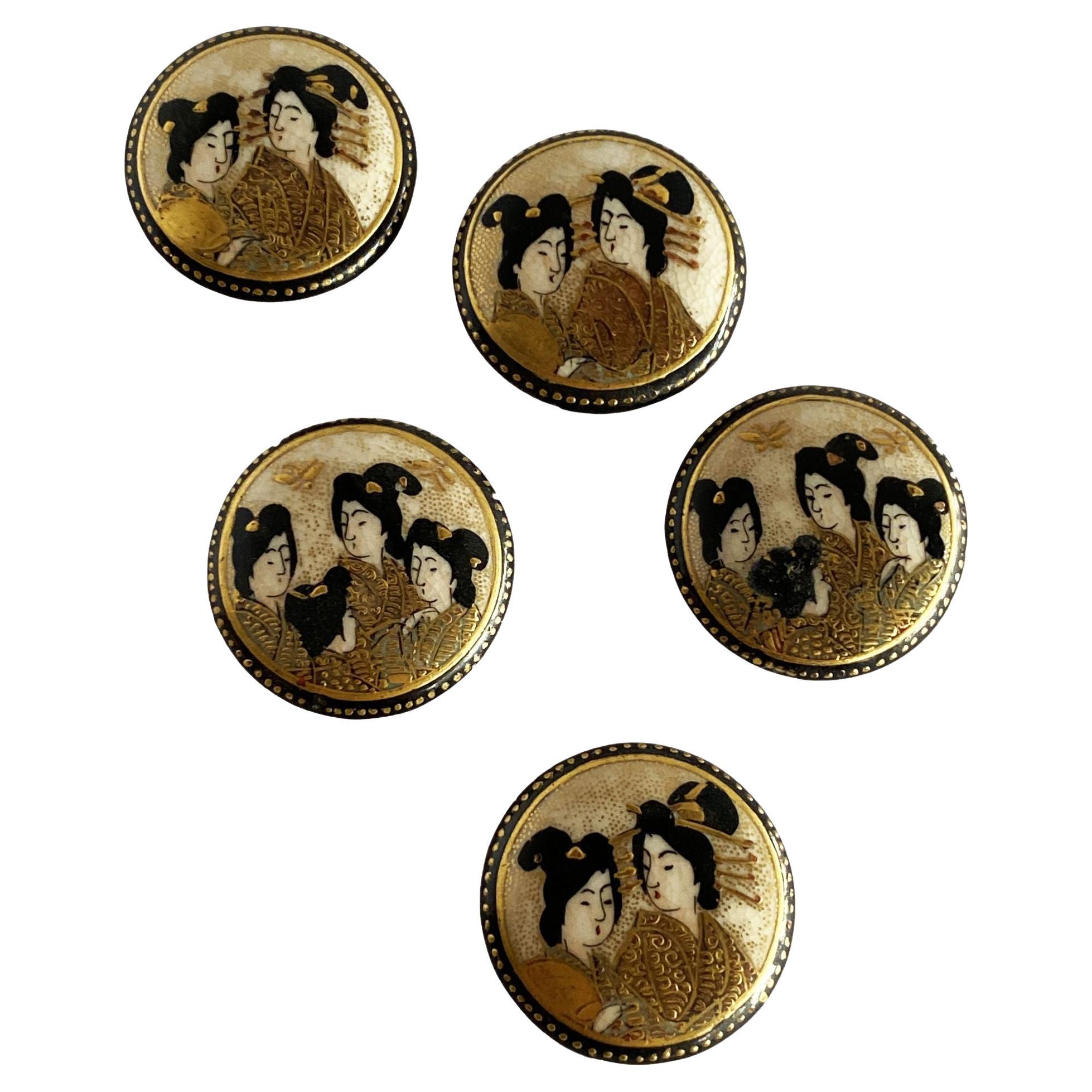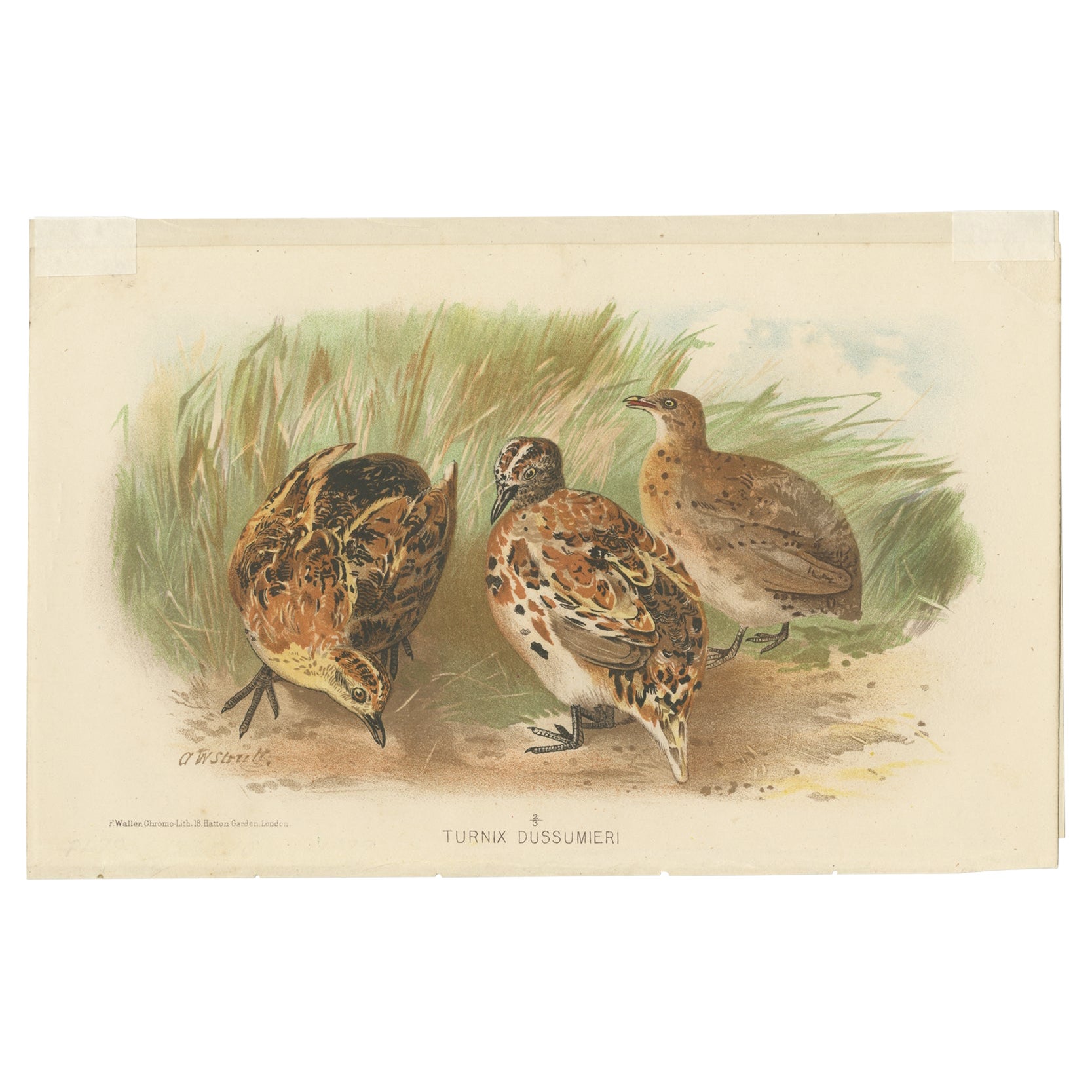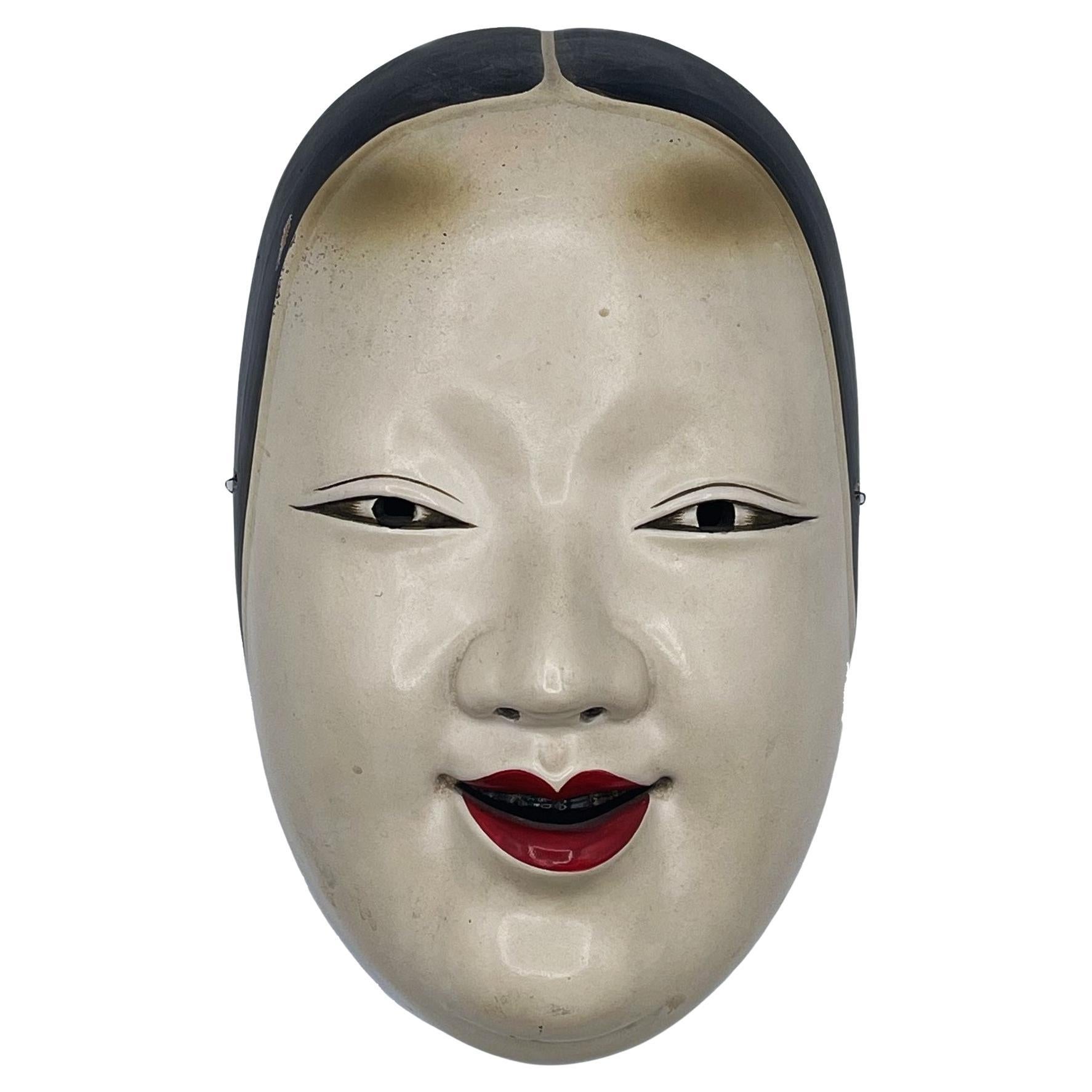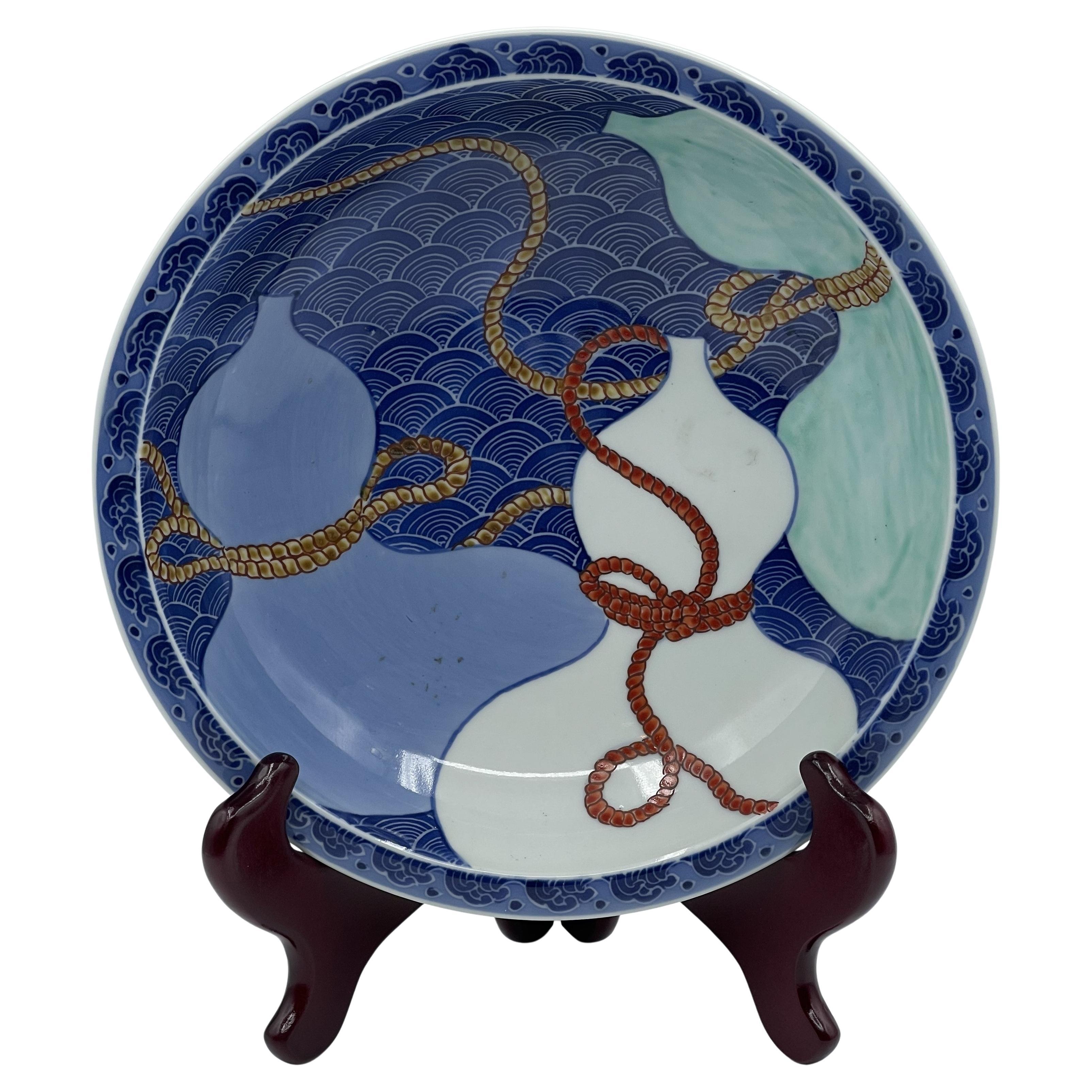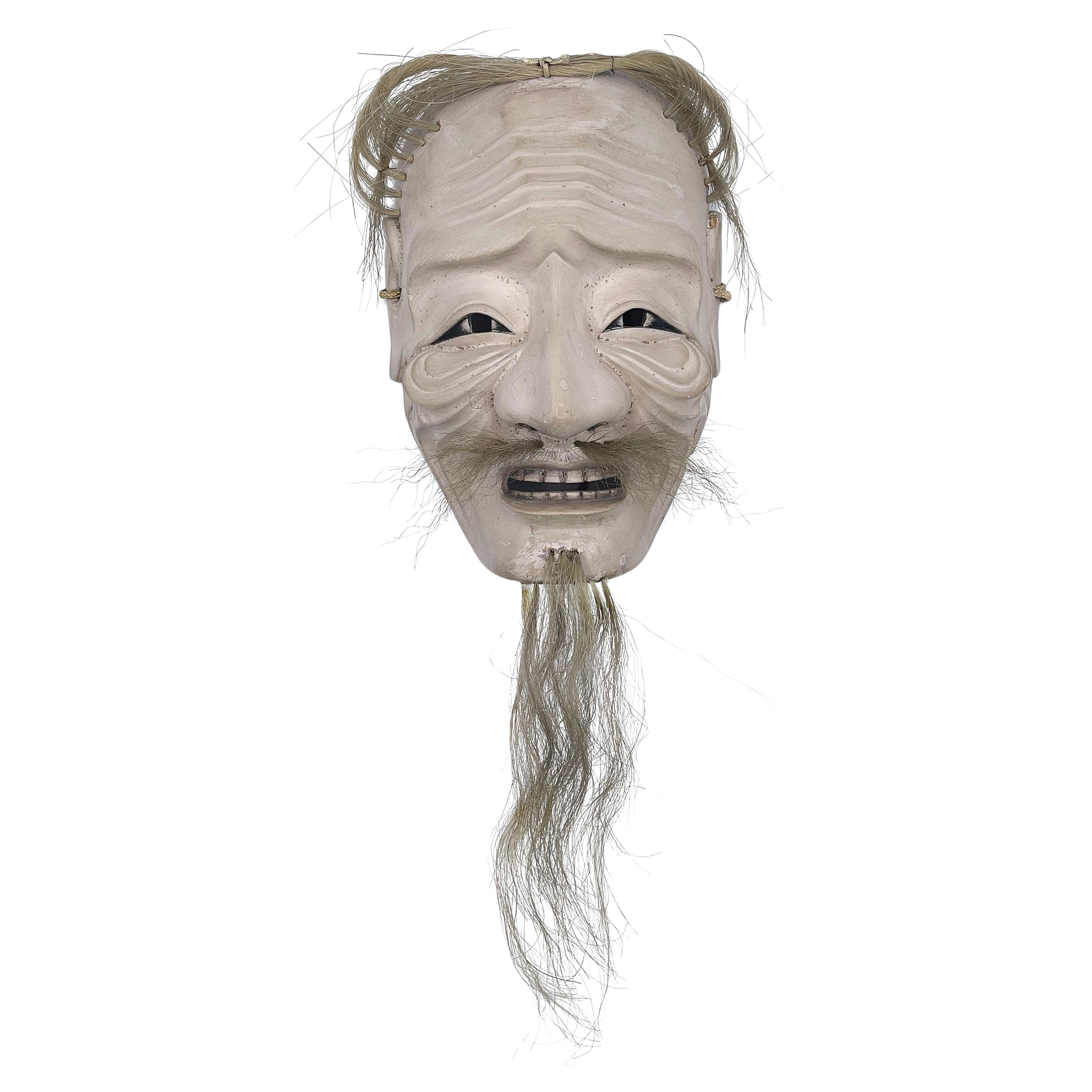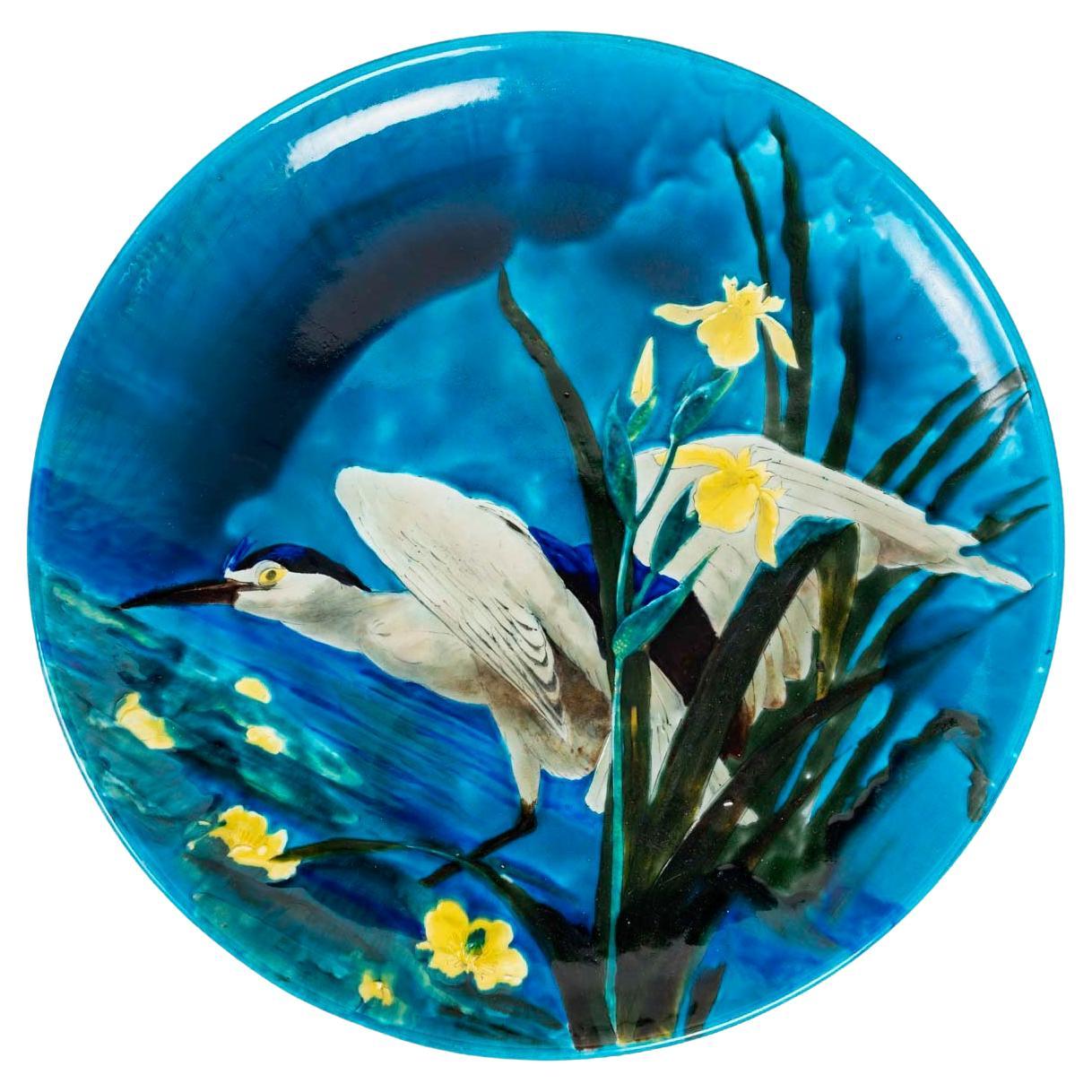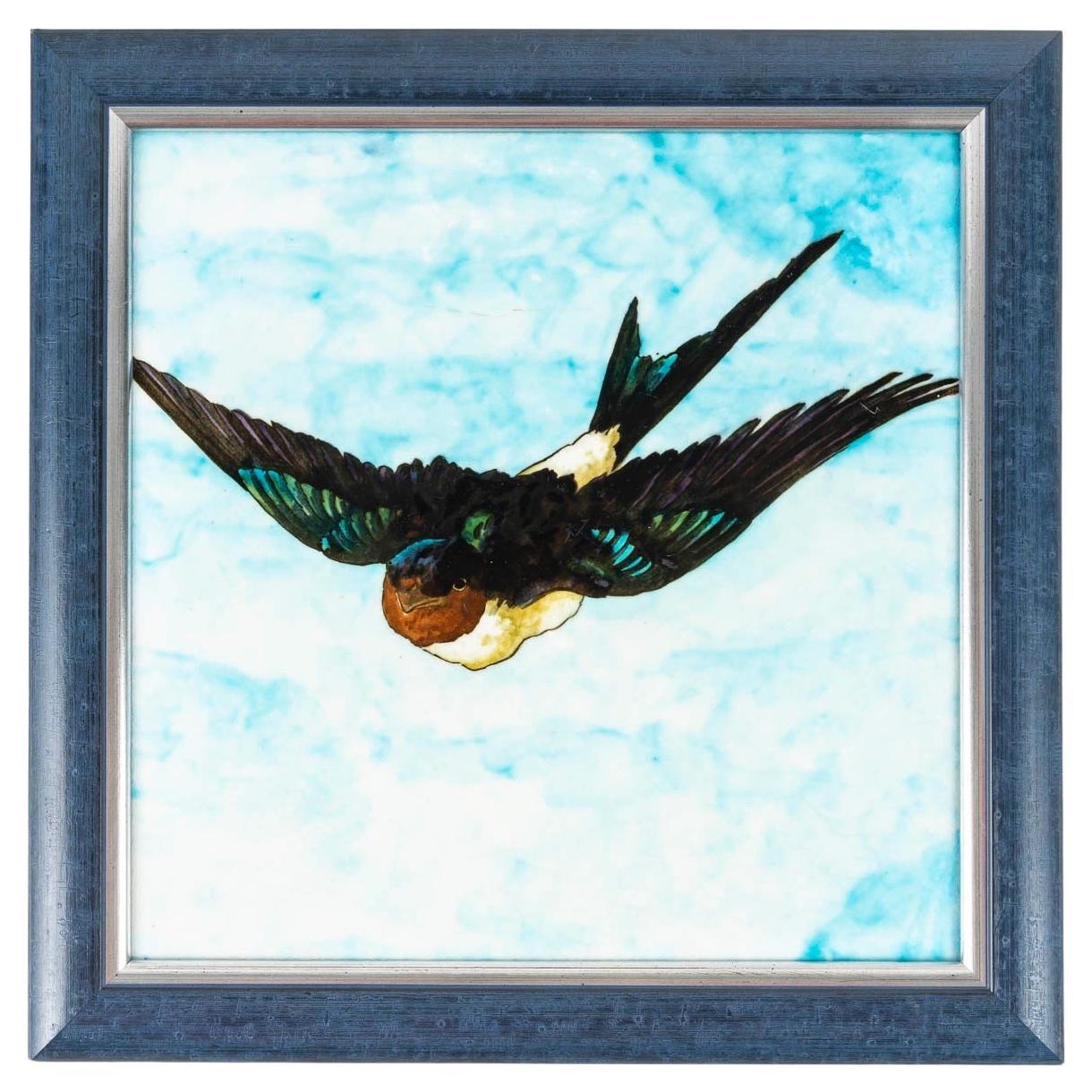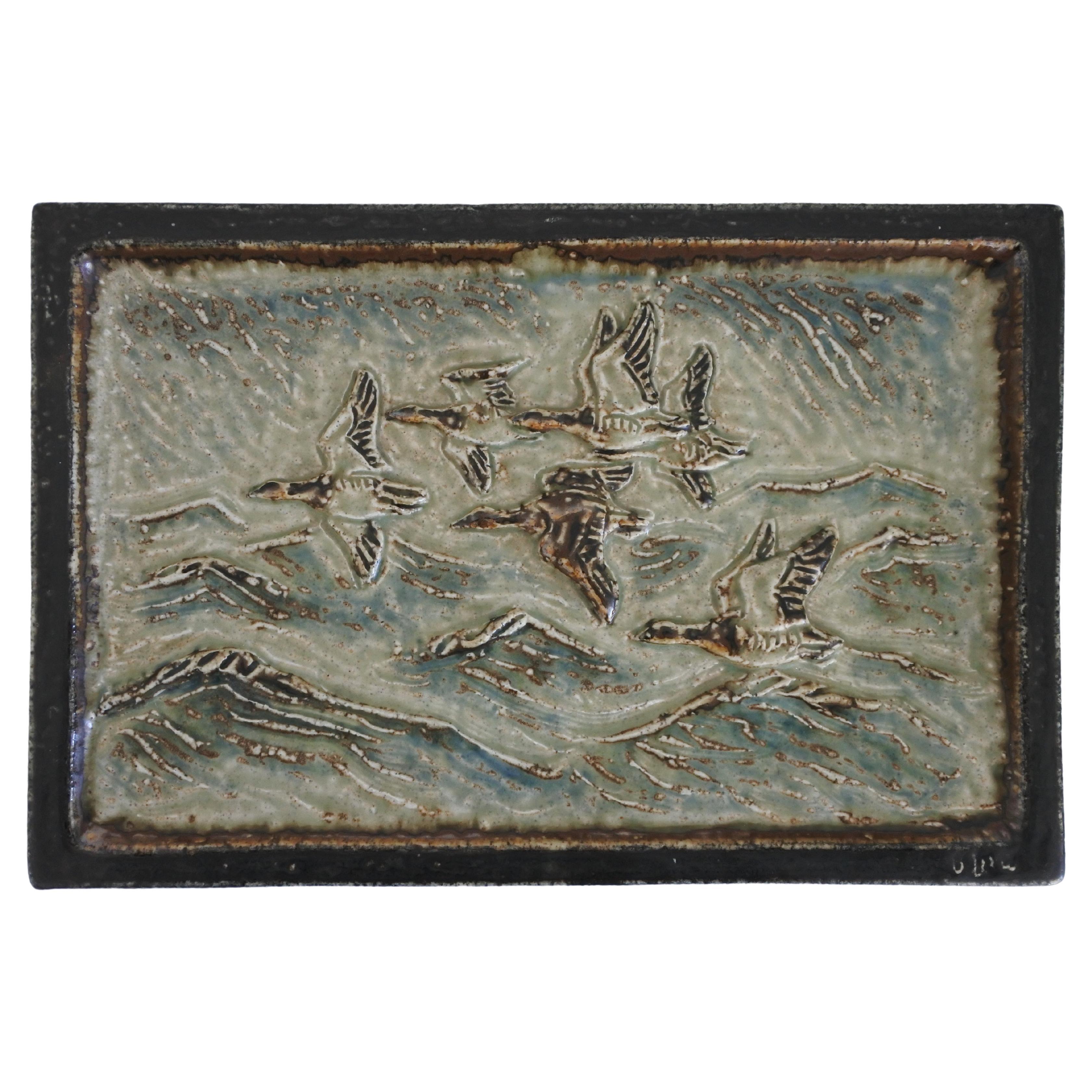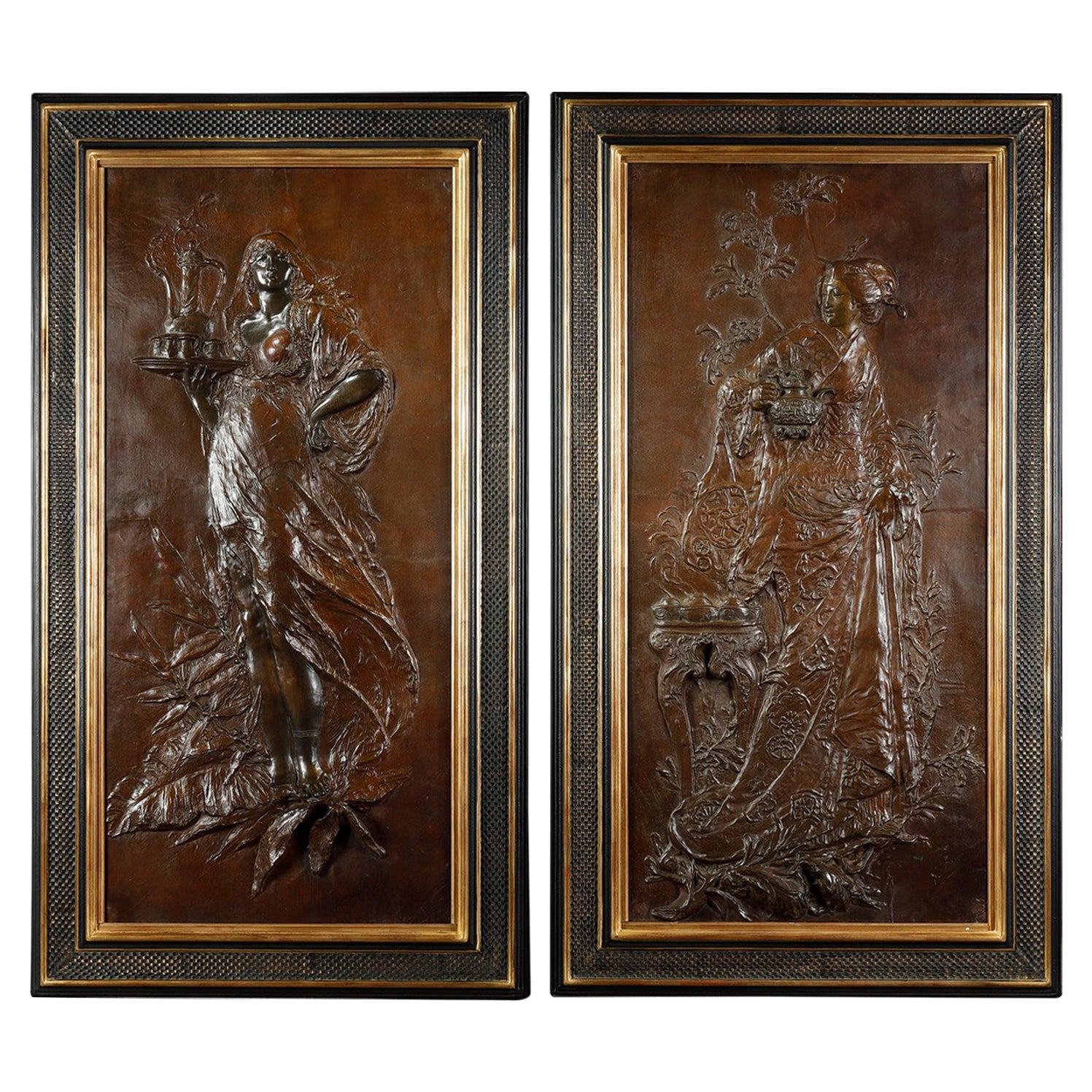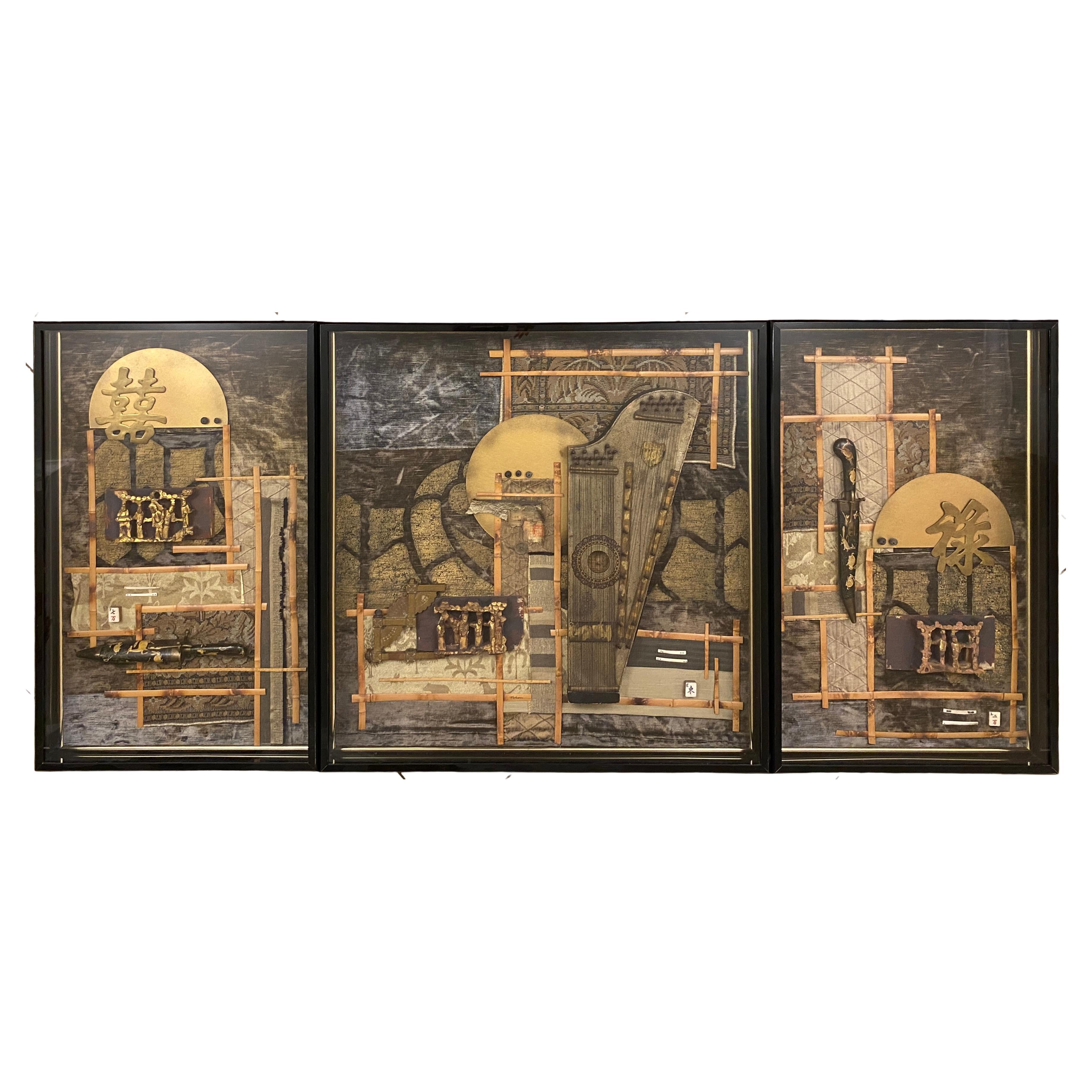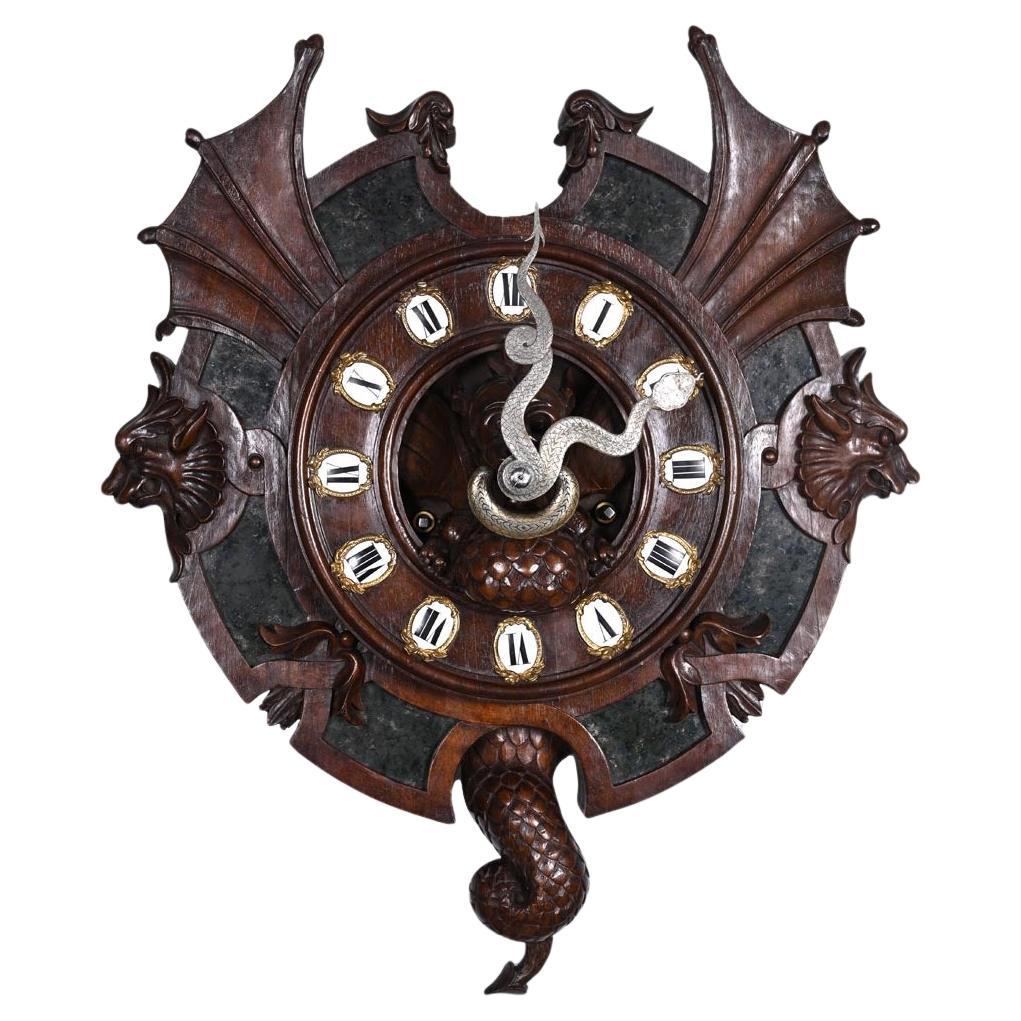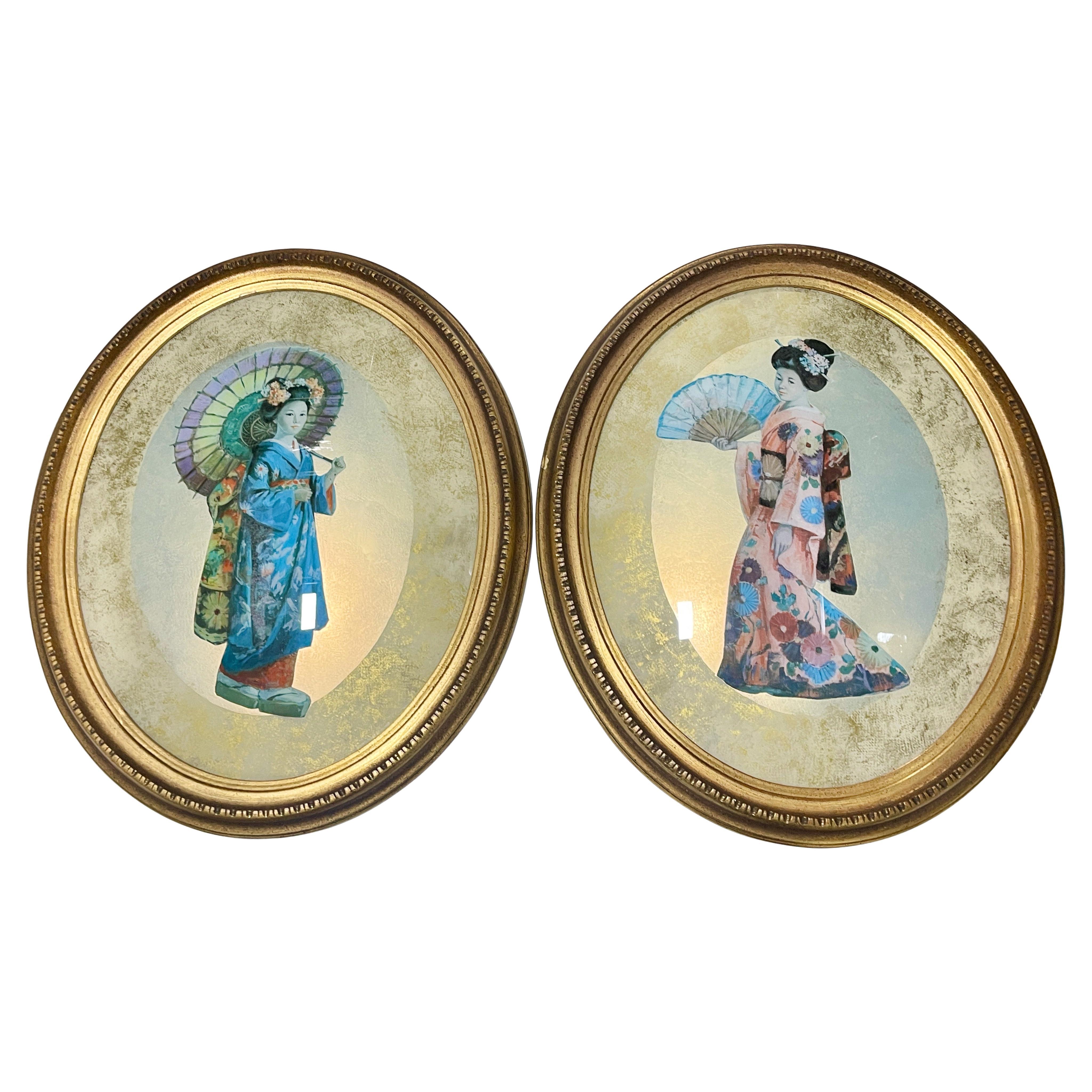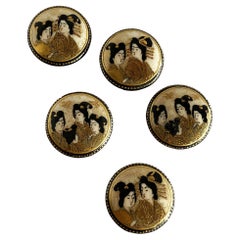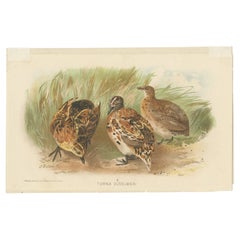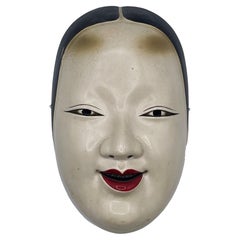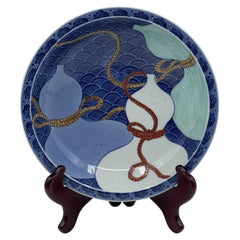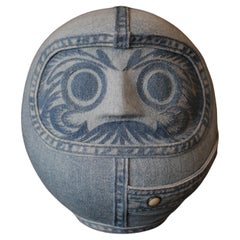
Denim Daruma Button
View Similar Items
1 of 6
Denim Daruma Button
$1,950List Price
About the Item
- Dimensions:Height: 7.68 in (19.5 cm)Width: 6.5 in (16.5 cm)Depth: 6.5 in (16.5 cm)
- Style:Japonisme (In the Style Of)
- Materials and Techniques:
- Place of Origin:
- Period:
- Date of Manufacture:2024
- Production Type:New & Custom(One of a Kind)
- Estimated Production Time:Available Now
- Condition:
- Seller Location:Yokohama, JP
- Reference Number:1stDibs: LU8327239239982
Authenticity Guarantee
In the unlikely event there’s an issue with an item’s authenticity, contact us within 1 year for a full refund. DetailsMoney-Back Guarantee
If your item is not as described, is damaged in transit, or does not arrive, contact us within 7 days for a full refund. Details24-Hour Cancellation
You have a 24-hour grace period in which to reconsider your purchase, with no questions asked.Vetted Professional Sellers
Our world-class sellers must adhere to strict standards for service and quality, maintaining the integrity of our listings.Price-Match Guarantee
If you find that a seller listed the same item for a lower price elsewhere, we’ll match it.Trusted Global Delivery
Our best-in-class carrier network provides specialized shipping options worldwide, including custom delivery.You May Also Like
Late Meiji Era Hand Painted Geisha Satsuma Button Set of 5
Located in Van Nuys, CA
Late Meiji era hand painted Geisha Satsuma button set of 5.
Circa late 1800s.
Category
Antique 1890s Japanese Decorative Art
Materials
Ceramic
$487 Sale Price / set
35% Off
Antique Bird Print of the Little Button Quail by Hume & Marshall, 1879
Located in Langweer, NL
Antique print titled 'Turnix Dussumieri'.
Bird print of the little button quail. This print originates from 'The Game Birds of India, Burmah and Ceylon' published 1879-1881.
...
Category
Antique 19th Century Prints
Materials
Paper
Japanese Noh Theater Ko-Omote Mask, Early 20th Century
Located in New York, NY
Japanese Noh Theater Ko-Omote Mask, Early 20th Century
DIMENSIONS:
Height: 8.5 inches
Width: 4.5 inches
Depth: 3 inches
ABOUT
A finely carved and painted Ko-Omote mask used in trad...
Category
Early 20th Century Japanese Japonisme Decorative Art
Materials
Wood
Japanese Edo Period Nabashima Porcelain Plate with Three Sake Bottles, Ca. 1850
Located in New York, NY
Japanese Edo Period Nabashima Porcelain Blue Plate with Three Sake Bottles, Ca. 1850
PERIOD
Edo Period ((1603-1868) – Mid-19...
Category
Antique 1850s Japanese Japonisme Decorative Art
Materials
Porcelain
Japanese Edo Period Ko-jo Mask of an Old Man, ca. 1820
Located in New York, NY
Japanese Edo Period Ko-jo Mask of an Old Man, ca. 1820
Edo Period (1603-1868)
DIMENSIONS:
Length: 15” (with beard)
Length: 8” (without beard)
Height: 4”
Width: 5.5”
ABOUT
A Japanese Edo Period (1603-1868) Ko-jo Mask of an Old Man refers to a traditional theatrical or ceremonial mask crafted during Japan’s Edo period (1603–1868). Here's a breakdown of what this object typically represents and why it's significant:
The term "Ko-jo" (or Kojo) roughly translates to "old man" or "aged person" in Japanese. A Ko-jo mask often portrays the face of an elderly man, typically with exaggerated age features: deep wrinkles, sagging skin, a long nose, bushy eyebrows, and sometimes a beard. These masks are usually used in Noh, Kyogen, or folk performances, and occasionally in Shinto rituals.
In Noh theater, masks are used to express character types, moods, and spiritual roles. The Ko-jo mask might represent a wise elder, a spirit of age and wisdom, or even a deity.
In Kyogen, which is the comedic counterpart to Noh, old-man masks are used more playfully, often satirizing elderly characters in lighthearted scenes.
The Ko-jo mask may also symbolize ancestral reverence or longevity, tying it to folk beliefs and ritual performances.
Edo period masks...
Category
Antique 1820s Japanese Japonisme Decorative Art
Materials
Wood
Théodore Deck (1823-1891), an Impressive 19th Century Faïence Charger
By Theodore Deck
Located in Saint-Ouen, FR
Théodore Deck ( 1823-1891)
Impressive polychromed circular faience charger with hand-painted enameled design of a wader among water lilies and reeds.
Impressed Uppercase Mark Th.Dec...
Category
Antique 1870s French Japonisme Ceramics
Materials
Faience
$7,082 Sale Price
44% Off
